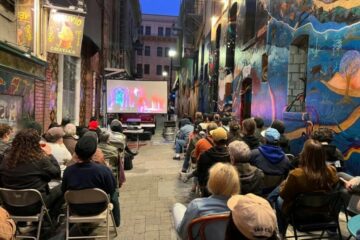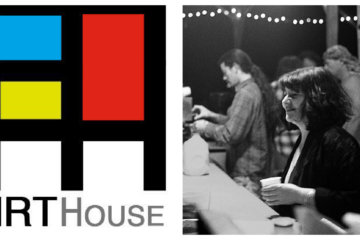Let’s Fix This City: Fast, Affordable, Housing
Bohemian Archivist P Segal has lost interest in how cool the city used to be, and is now focusing bohemian inventiveness on how cool the city could be, with a few modifications.
We all know there’s a housing crisis in San Francisco. Too many people want to live here now, since we have a world-class industry bringing such lucrative jobs to the bay area. We can’t keep up with the amount of new housing needed for all the bodies, and the cost of construction has escalated—along with everything else—so builders have no interest in housing for people needing to pay below market rate.
So we have a crisis. But the thing is, we don’t need to have this unsolvable problem. There are lots of solutions that aren’t being looked at. It’s no secret that the city has always protected the construction industry, in this town with a distinctly limited outer perimeter. The annual changes in building codes, one building inspector told me, occur to insure that there’s always work in construction. It has nothing to do with public safety.
In looking at solutions, let’s start with this fact: the city owns 20% of all the land in the county. We don’t want to build over parks, certainly. But if you drive around the city, you can see lots of patches of land, serving no particular function, where something smaller than a big glass box with hundreds of units could be constructed. For example, there are miles of Fulton Street, bordering Golden Gate Park, where there’s nothing but scrub brush—not even dog walkers stroll through it—where tiny houses could be built around the trees that grow there. There’s the huge space where Fleishhacker Pool once stood, now just a parking lot. There are piers, the yards of non-operational schools, the edges of Sigmund Stern Grove, and random patches of land, here and there, that are empty.
There are plenty of architectural forms suited to construction in small lots that are much less costly than contracts to giant construction firms. For example, there’s the Houselet design, developed by Tim McCormick, which creates a fully functional living unit about the size of a parking space—perfect for the tenant who is never home and hates housework. A Houselet (or perhaps a double-Houselet) can be constructed for about the cost of a car. Built on city property, tiny houses could, perhaps, come with a 99-year lease, and even provide possible ownership for people who couldn’t dream of owning anything in the city.
In my discussions with various government officials, I asked, “What about container houses?” They said, almost unanimously, “Huh?” Container structures, like the one above, are built from shipping containers made of steel , already equipped with hardwood floors. Each container is about 20’ long, 9.5’ wide, and 9.5’ tall—larger than a lot of studio apartments. The containers cost about $1500 – $2500 each, and with plumbing and electrical, it’s about $4,000 to build the equivalent of a studio. They need no foundations; they can be put together to make spaces as large as desired; they’re fireproof; they stack; they’re movable; and they can be cut out to accommodate windows, doors, or whatever you want. I’ve stayed in one in New Orleans. They’re comfortable, and are certainly more interesting than the architectural yawners going up South of Market.
The best thing about container buildings is the speed of construction. A building, like the one above, can be put up in half a day, minus the plumbing and electrical. And since they’re even cheaper to construct than Houselets, the possibility of ownership is even greater. With this kind of construction, the average person could still own a home. And in a few weeks’ time, there could be places for low-income tenants who would otherwise be forced out.
We don’t need to be driving people out of the city because of the shortage of affordable housing. We could be building these kinds of inexpensive structures wherever there’s a small chunk of land. Better yet, we could build them over parking lots, so the cars get shade, the lot owner gets a lot more money, and fewer low-income people get forced out of town.
The problem is that such construction doesn’t make fortunes for anyone. The construction industry helps politicians win elections, so their interests take precedence over the needs of citizens. Our housing crisis is, in fact, somewhat artificial. Solutions are available, if only there was a real interest in finding them. My own solution, specifically to bring artists back to town, is nonprofit housing—an option that the Internet Archive founder, Brewster Kahle, also pursued for employee housing. There is more than one way to fix this problem. Let’s get on it.
The photo of the container building at the beginning of this article was taken from the site, streets.mn. They personally hate the idea of container houses, but so what? The Houselet design is from Morgan Pintarich via the Examiner.











